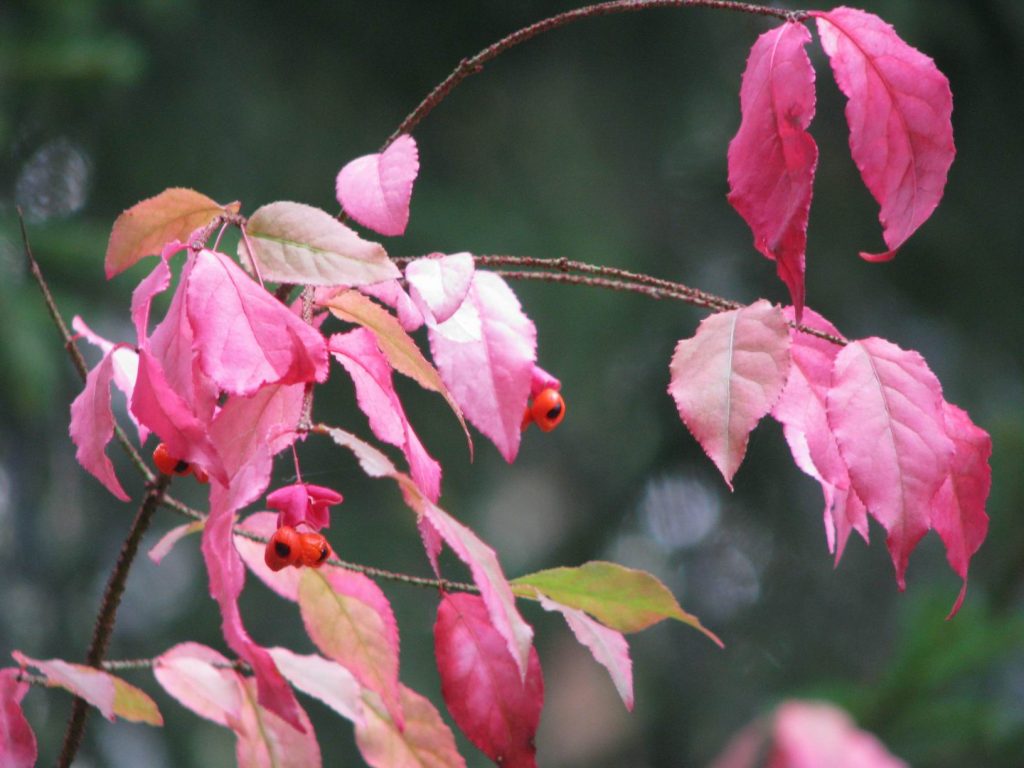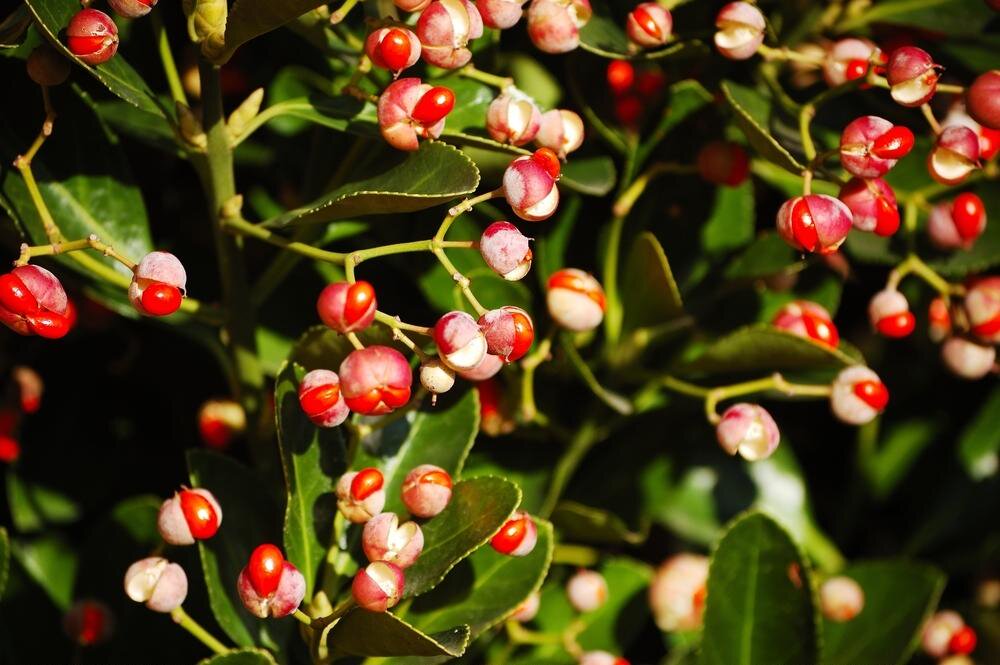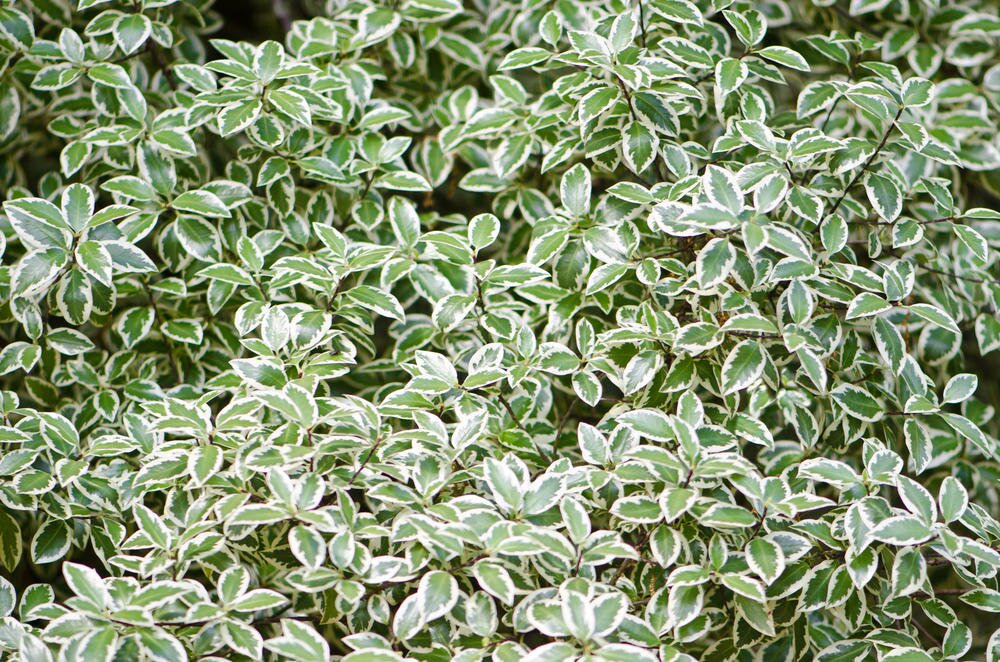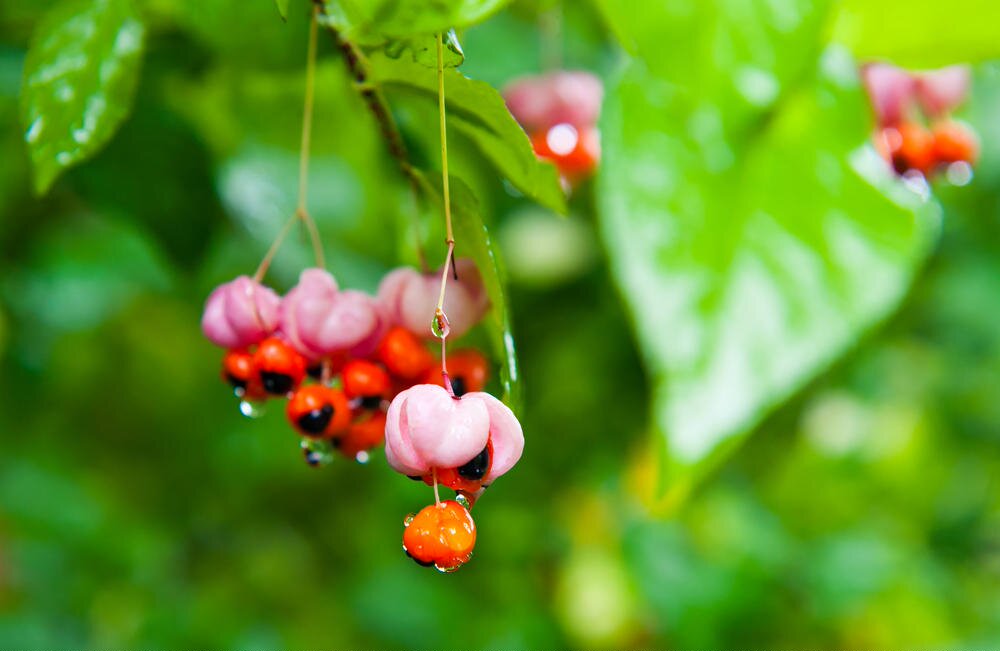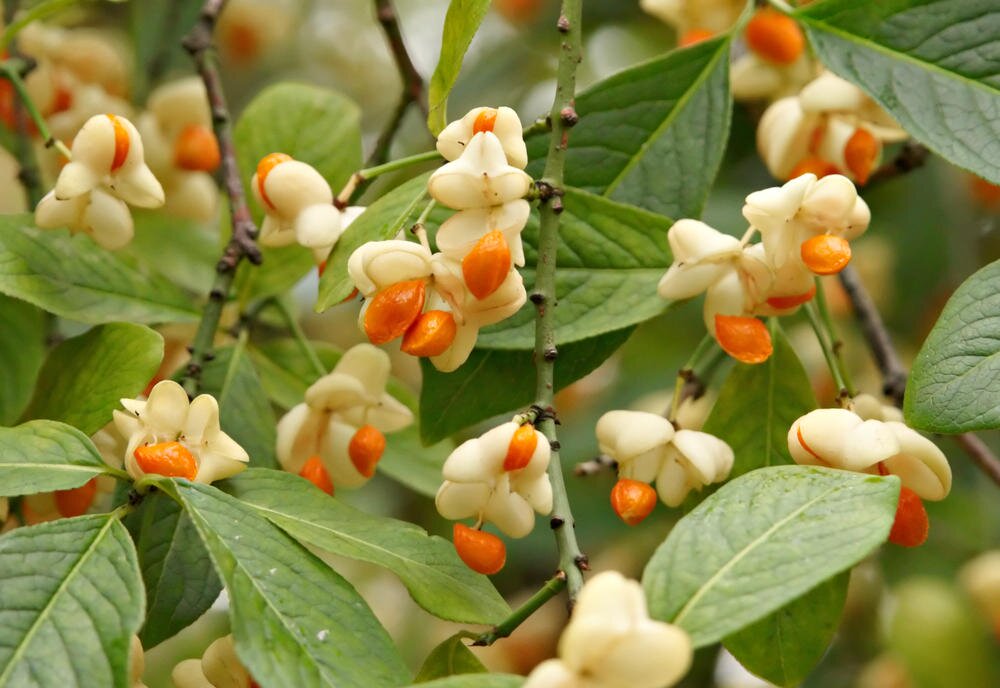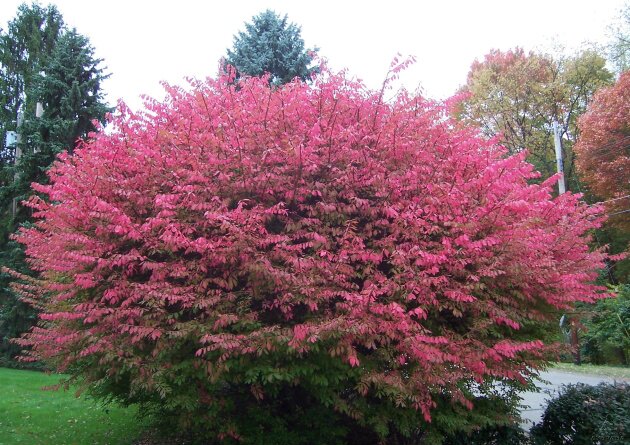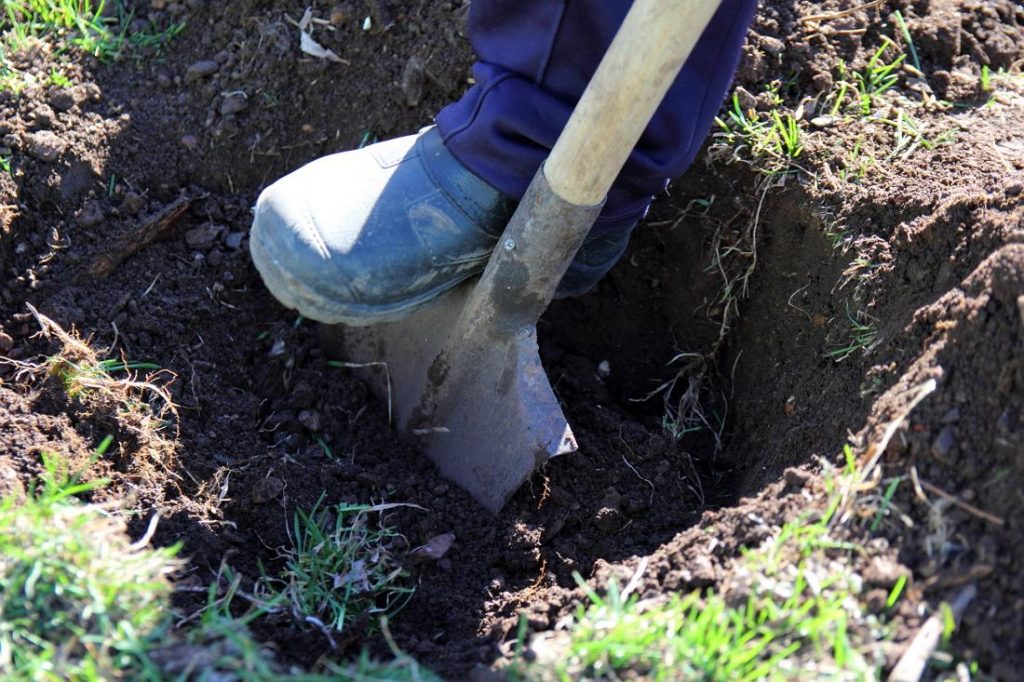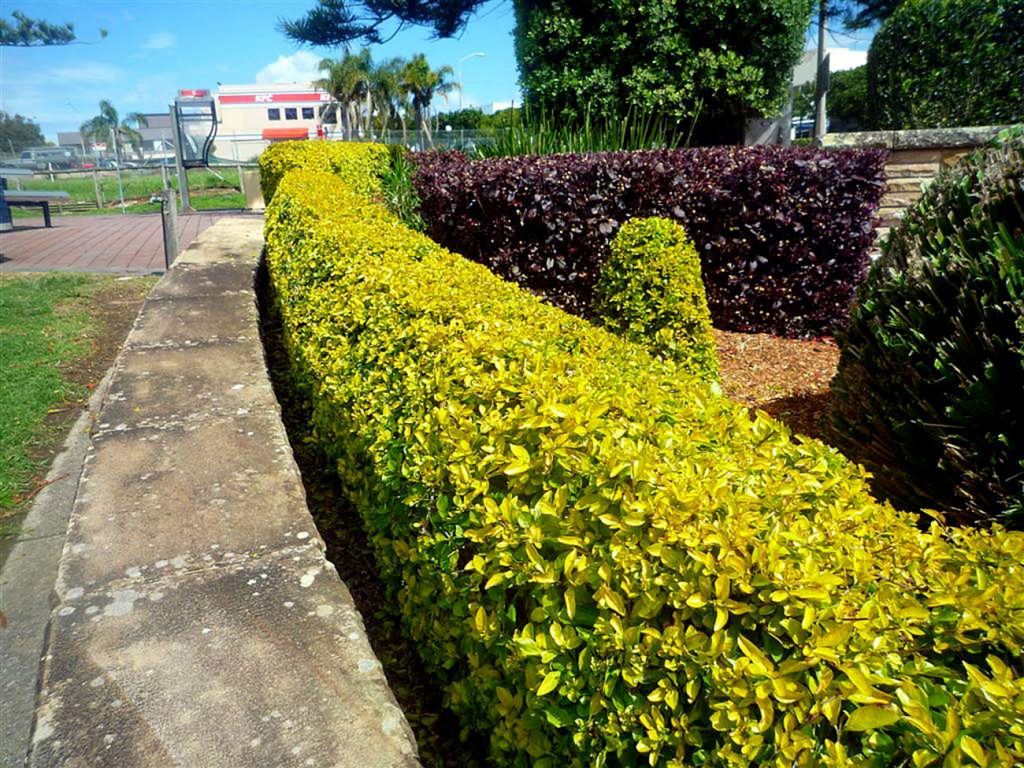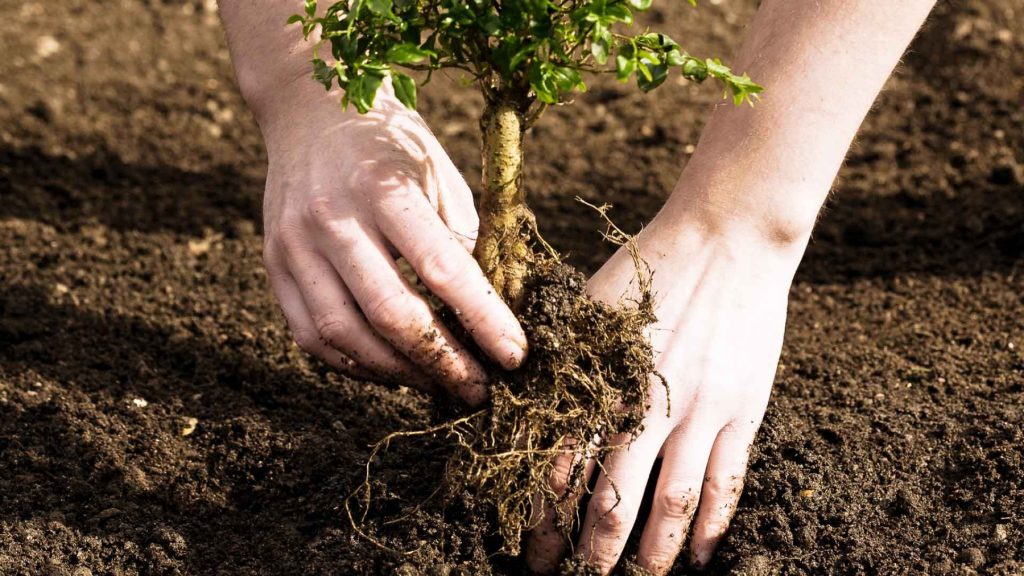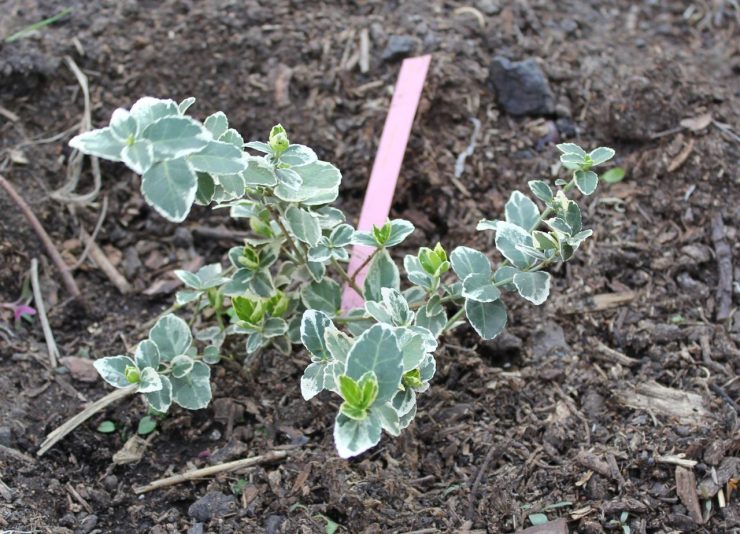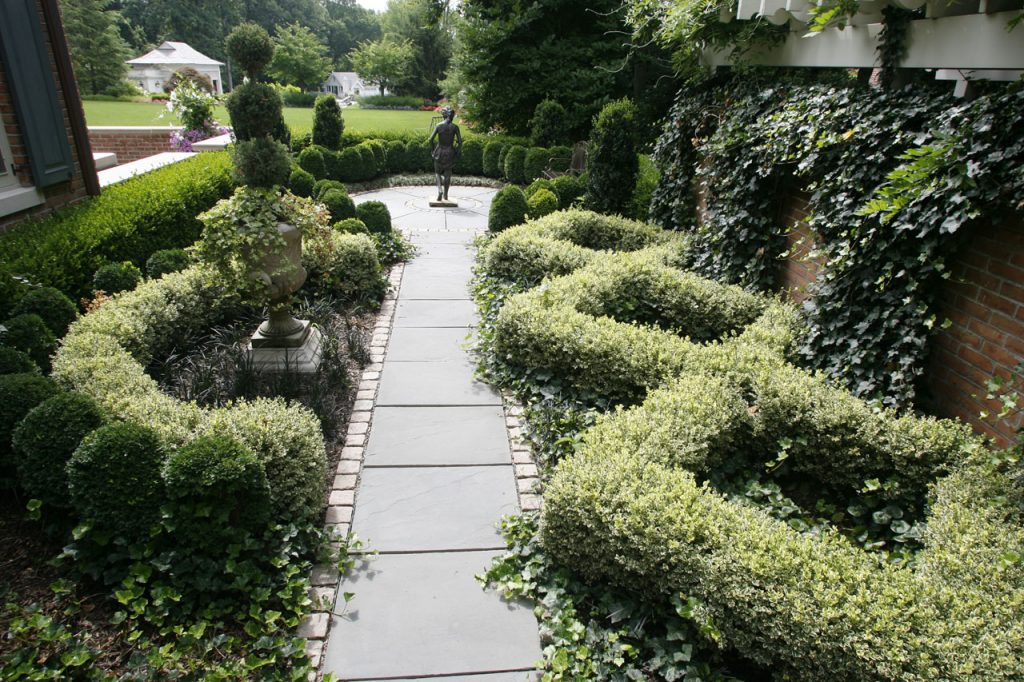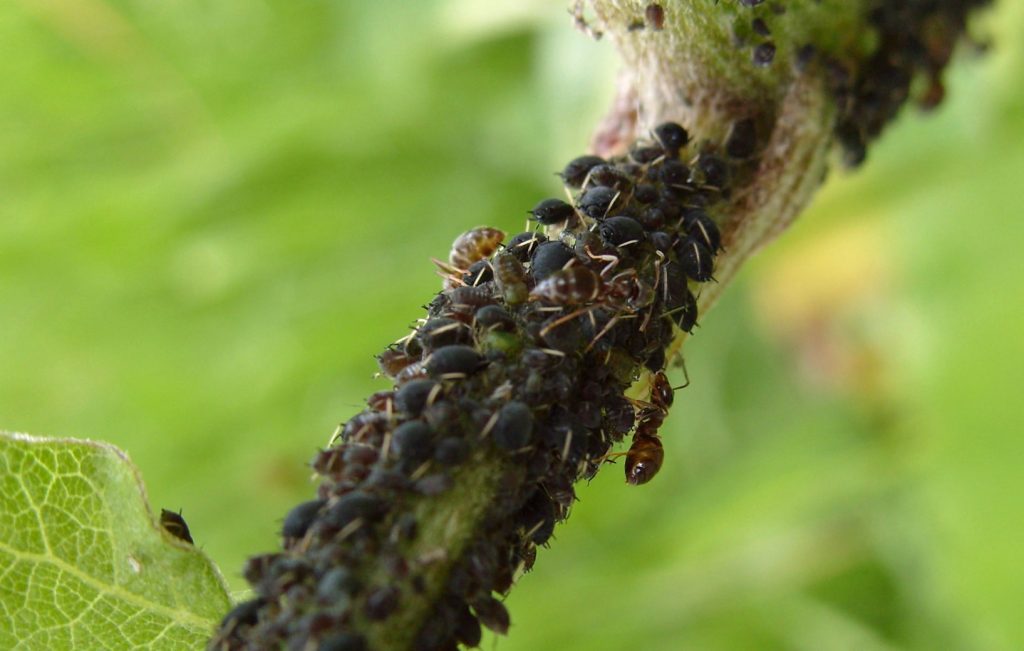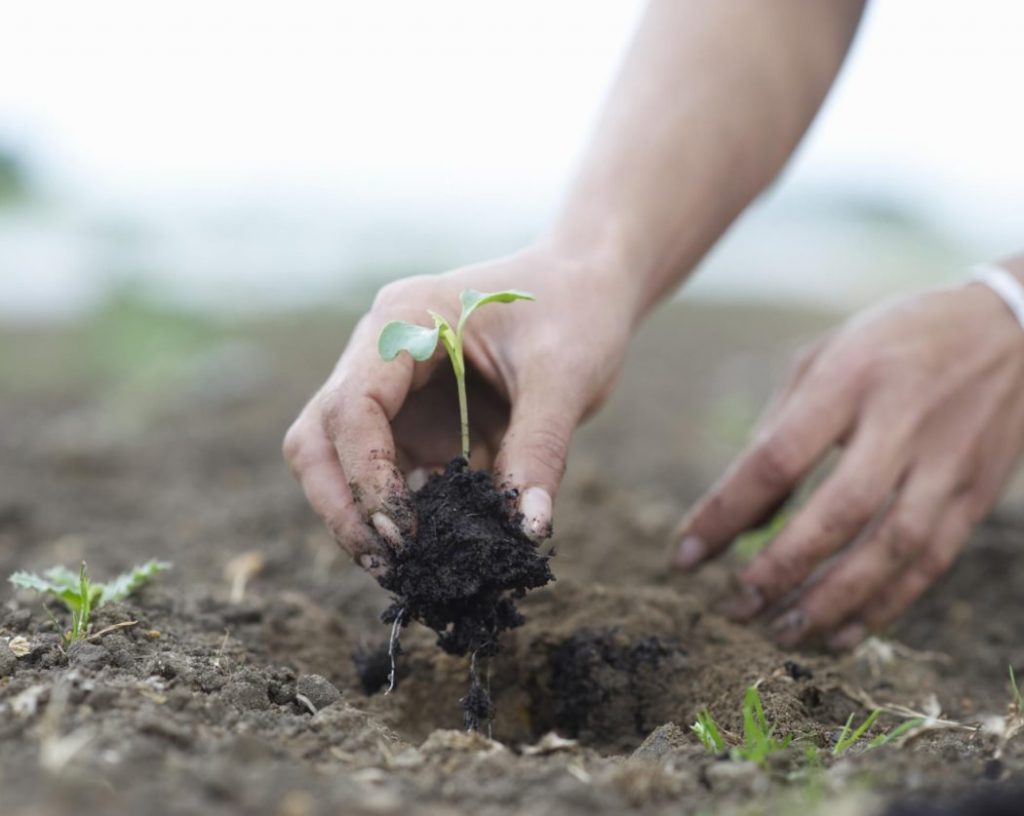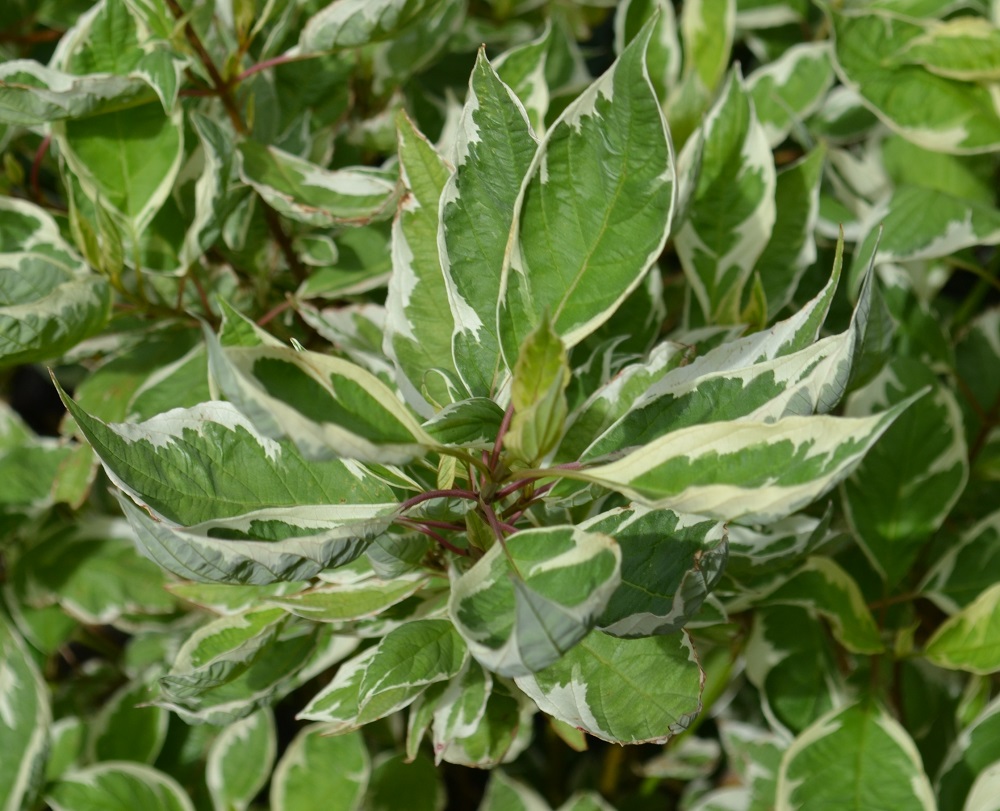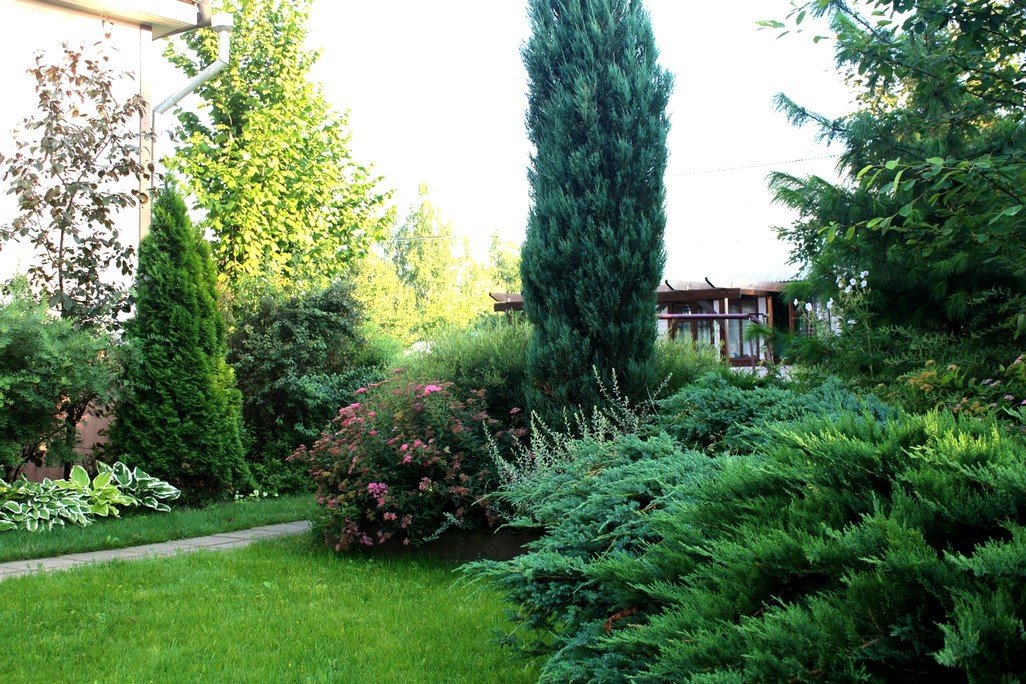A beautiful tree with a fluffy crown and an unusual name, euonymus, has been undeservedly forgotten by gardeners. But whoever decides to plant him on his site will not be disappointed. As for the conditions for keeping such a plant as euonymus, planting and caring for it is not difficult. It is worth showing a little patience, and a bright bush with long earrings will become a garden decoration.
Content
Origin and appearance of euonymus
Euonymus is a frost-resistant shrub that is found both in the subtropics and in the middle lane. It can be seen on almost any continent: Asia, Australia, Europe, America.
This plant can be seen from afar. It has shiny, jagged leaves that are dark green in color. Some varieties have spots of other shades in the middle or at the edges: cream, white, silver. During the flowering period, euonymus pleases with yellow, burgundy or cream flowers, collected in a brush of 4–5 pieces.
The fruits of the plant are boxes with seeds of the brightest colors: scarlet, burgundy, crimson, pink. Like other parts of the shrub, the fruits of the spindle tree are poisonous.
It is quite possible to grow a shrub in the garden. Many decorative varieties take root well both in the south and in the cool middle lane. But in order for the tree to grow healthy and delight the eye for a long time, it needs to create favorable conditions.
First of all, the bush needs enough space as it grows a lot. It needs diffused illumination: in the bright sun the leaves turn yellow, and in the shade the plant slows down its growth. In addition, the shrub does not like acidic and clay soil, as well as stagnant moisture.
Some amateur gardeners liked the euonymus so much that they try to grow it on their site. Evergreen shrub varieties are suitable for growing at home. But such a plant blooms very rarely. In addition, he will need special care, otherwise the euonymus can show character. In addition, wild-grown seedlings look much more attractive.
Varieties and types
Euonymus is a plant that has about 200 species. Many of them are successfully used in landscape design. The most common shrub varieties are:
- Japanese euonymus
This shrub, originally from Japan, does not like extreme cold weather. It needs a temperature of at least +5 degrees, so it can only be grown in a greenhouse or at home.
- Fortune's eonymus
This is the most elegant species among all euonymus, moreover, resistant to frost. Fortune is a low creeping plant (usually not more than half a meter), unpretentious and quite suitable for planting in the middle lane.
- Warty euonymus
The shrub, which got its name from the thickening on the shoots, grows up to one and a half to two meters in height and has excellent decorative qualities. It is easy to care for, but it grows rather slowly.
- European spindle tree
It can be either a shrub or a deciduous tree. By autumn, its green leaves turn red. There are more than twenty decorative forms of this variety.
- Winged euonymus
This plant is sometimes called wolfberry. It has dense glossy leaves that take on fantastic shades of all colors of the rainbow in the fall. Therefore, the bushes and trees of the winged euonymus are actively used in landscape design. They are often used to decorate parks, lawns and private plots.
What conditions are required depending on the season
The optimum temperature for spindle tree growth is 18-22 degrees. Bright sun rays are harmful to him, therefore, in natural conditions, he always grows under the canopy of trees. The higher the temperature, the more often the soil and leaves need to be moistened.
If the plant is to hibernate in the open air, it is necessary to protect its branches from frost. It is necessary to make a warm fur coat for the shrub from the spruce branches of a coniferous tree, then it will safely survive the winter. Young plants especially need such care: adults tolerate the cold much better. To prevent the roots from freezing during snowless winters, it is better to cover the ground near the trunk with dry foliage or sawdust.
The euonymus survives even at twenty-degree frosts, if they are short-lived. True, the ends of the branches can freeze in winter. In this case, they will have to be removed in the spring, it will not harm the plant.
Planting and transplanting a plant
Planting euonymus seedlings is not difficult, you can do it on your own by studying the step-by-step instructions.
- It is necessary to plant euonymus in the spring, first picking up the composition of the soil, ideally it looks like this:
- Three parts of turf land;
- One piece of leafy land;
- One piece of sand;
- One piece of compost or humus;
- Dig holes two weeks before planting. The size of the hole should be 1.5 times the size of the root system of the seedling. When euonymus is planted to create a hedge, a trench of the desired shape is dug and a place is marked for each bush.
- Before planting a bush in the hole, you need to carefully pour drainage into it - pebbles or expanded clay. With such a layer, the hole is filled by one fourth. Acidic soil must be limed before planting;
- Then they put the plant in a hole, cover the roots and the lower part of the stem with a mixture of earth and compost, tamp it a little. The root collar should be flush with the ground; the seedling should not be buried.
- After planting, the sprouts must be watered immediately, and then watered for another week every day.
Transplantation of young plants is carried out from the very beginning of February. Experienced gardeners do not recommend combining bush transplantation and rejuvenating pruning. It is undesirable to transplant adult bushes over the age of 7 years.
If the bush needed to be transplanted to another place, it is carefully dug up together with the ground and transferred. After this, the euonymus must be watered until the foliage blooms.
Spindle tree care at home
Beserklet is a generally unpretentious plant, although, depending on the type, its requirements for conditions may differ slightly.
Watering
Water the shrub as needed. You don't need to do this too often: the plant does not need a lot of water, and moist roots will only harm it. During rains, euonymus should not be watered at all. At the same time, it is worth making sure that the soil does not dry out completely in the heat. For the plant to grow and develop, it is enough to water it once every 3-4 days.
Top dressing
Top dressing is carried out twice a year: in spring and autumn. For the winter, the soil is mulched with peat or sawdust. The plant loves earth with a neutral and alkaline reaction. The euonymus has a negative attitude to clay areas, but it will be grateful for mineral fertilizers. In the spring, when flower buds are formed, it is good to feed the culture with manure diluted with water in a combination of 1:10.
Flowering period
Since euonymus is a shrub, it will have to be cut regularly. They cut it in summer and spring. In spring, you need to carry out a sanitary haircut: remove dry branches, form a crown. Summer haircut is decorative. To make the bush pleasing to the eye, it is given the correct geometric shape.
During flowering, it is necessary to provide the euonymus with a sufficient amount of trace elements. During irrigation, phosphorus and potassium are added.
When the time comes to cut off the euonymus, remember that the plant sap is also poisonous. Cut it off only with gloves.
Dormant period
In winter, when the euonymus has a dormant period, dwarf creeping species planted in flowerpots must be brought into the room. Despite their frost resistance, young seedlings need to be covered with spruce branches or special materials.
Diseases and pests: signs, treatment and prevention
Like many ornamental plants, euonymus is susceptible to diseases and pests. Among the common diseases are the following:
- Drying of branches. The cause is a fungus causing branch bark necrosis. Its spores gradually infect neighboring branches, on which the leaves begin to dry out and turn brown in summer. For prevention, the plant is sprayed with Bordeaux mixture in spring. Dried branches and bushes have to be removed.
- Tubercular necrosis of the cortex. Spring spraying with preparations containing copper will help protect the plant from this disease.
- Ascochitous spotting. This disease causes large brown-rusty spots on the leaves. Over time, they turn white, but the rusty border remains. To combat the pathogen, use Bordeaux mixture or its substitutes. Fallen leaves are removed and destroyed.
Pests especially love euonymus. It is often attacked by aphids, spider mites, and apple moths. Because of this property, the shrub is sometimes used as bait in orchards. Here are some ways to recognize pests and how to deal with them.
- Brown aphids usually settle on the back of leaves or on young shoots. The insect sucks the sap out of the plant, causing the leaves to turn yellow and curl. Aphids usually do not move to other cultures. To combat it, you can use a soap solution or chemicals: Fufanon, Fitoverm.
- As a result of the attack of a spider mite, silvery areas appear on the leaves, which threatens with deformation and loss of foliage. To prevent illness, you can treat the plant with a solution of colloidal sulfur in the spring, and in the summer - spray it with insecticides, for example, with Aktara.
- The apple moth can be recognized by the appearance of nests on the stems, which are shrouded in cobwebs. In the middle of the nest, caterpillars live, which destroy leaves and can greatly harm the shrub. The plant will have to be treated with insecticides, and the nests must be cut and burned.
- Another pest is the hawthorn butterfly. From the eggs that she lays, caterpillars hatch, causing irreparable harm to the plant. The nests also need to be burned, and insecticides are used to treat the shrubs.
Reproduction methods
There are several ways to propagate an ornamental shrub:
- Seeds. They need to be collected in the fall, as soon as the boxes open, and the seeds are sown freshly harvested immediately into the ground, mulching the soil for the winter with straw or other improvised material.If tightened with sowing, then the seeds will have to be soaked for three days for artificial germination.
- By cuttings. This method is used in June-July. For grafting, you need to take plants at least five years old. Cuttings are cut with a length of 5 cm, while they should have one internode from the shoots of an adult plant. To speed up the formation of roots, the cuttings can be cut with root. Then they are placed under a film or in a small greenhouse with fed soil. You can pour 3-4 cm of sand on top to keep moisture. The result will come in about 1.5 months.
- By dividing the bush. This is usually how small crops breed. Part of the plant, together with the rhizome and shoots, is separated from the mother plant, this is easy to do, since the root is shallow. Before planting shoots, they must be cut by two thirds.
- Root offspring. Such reproduction is possible at the very beginning of spring. Part of the roots, together with the ground, are separated, and the height of the growth cannot be higher than half a meter. The optimal root thickness for planting is 1.5 cm, the length is 30 cm. Such an offspring can be planted in a permanent place.
You will have to spend a little time caring for the spindle tree, but the result is worth it. The plant is resistant to external influences and will not cause much trouble for gardeners, and thanks to its beauty it will become a source of pride and a real decoration of the site.
